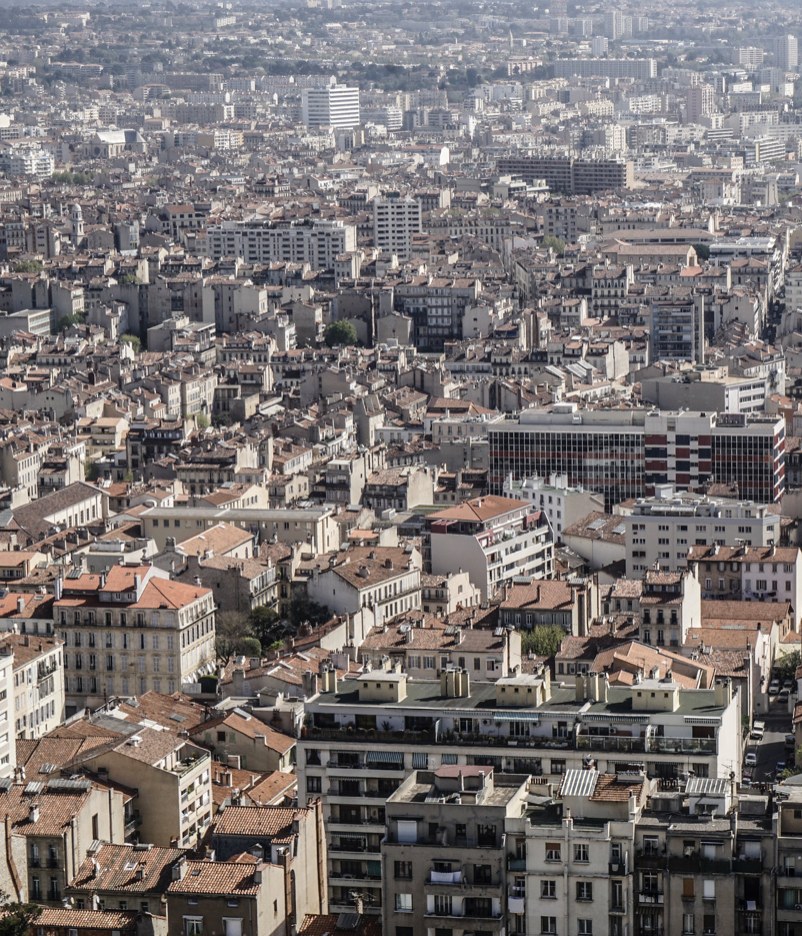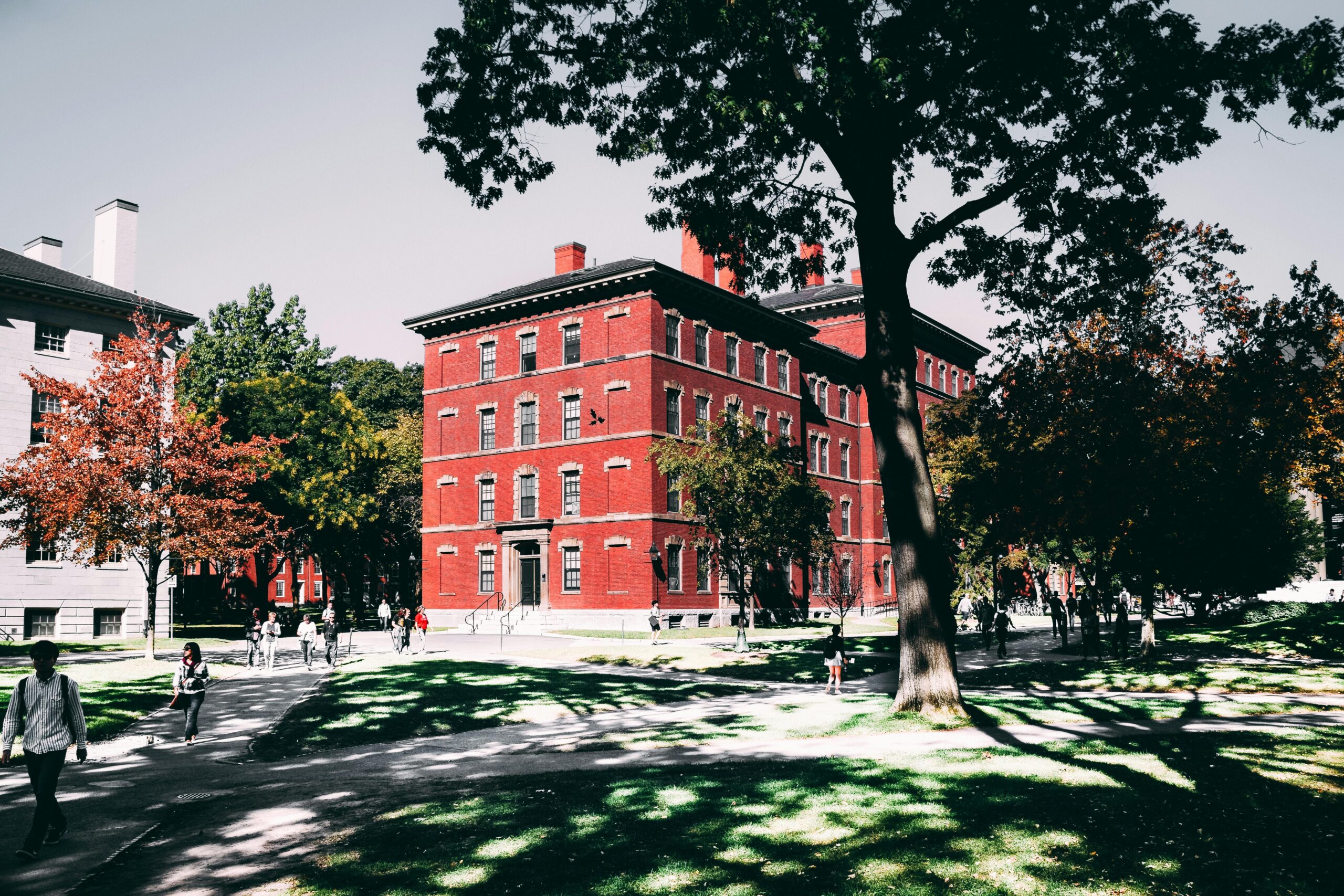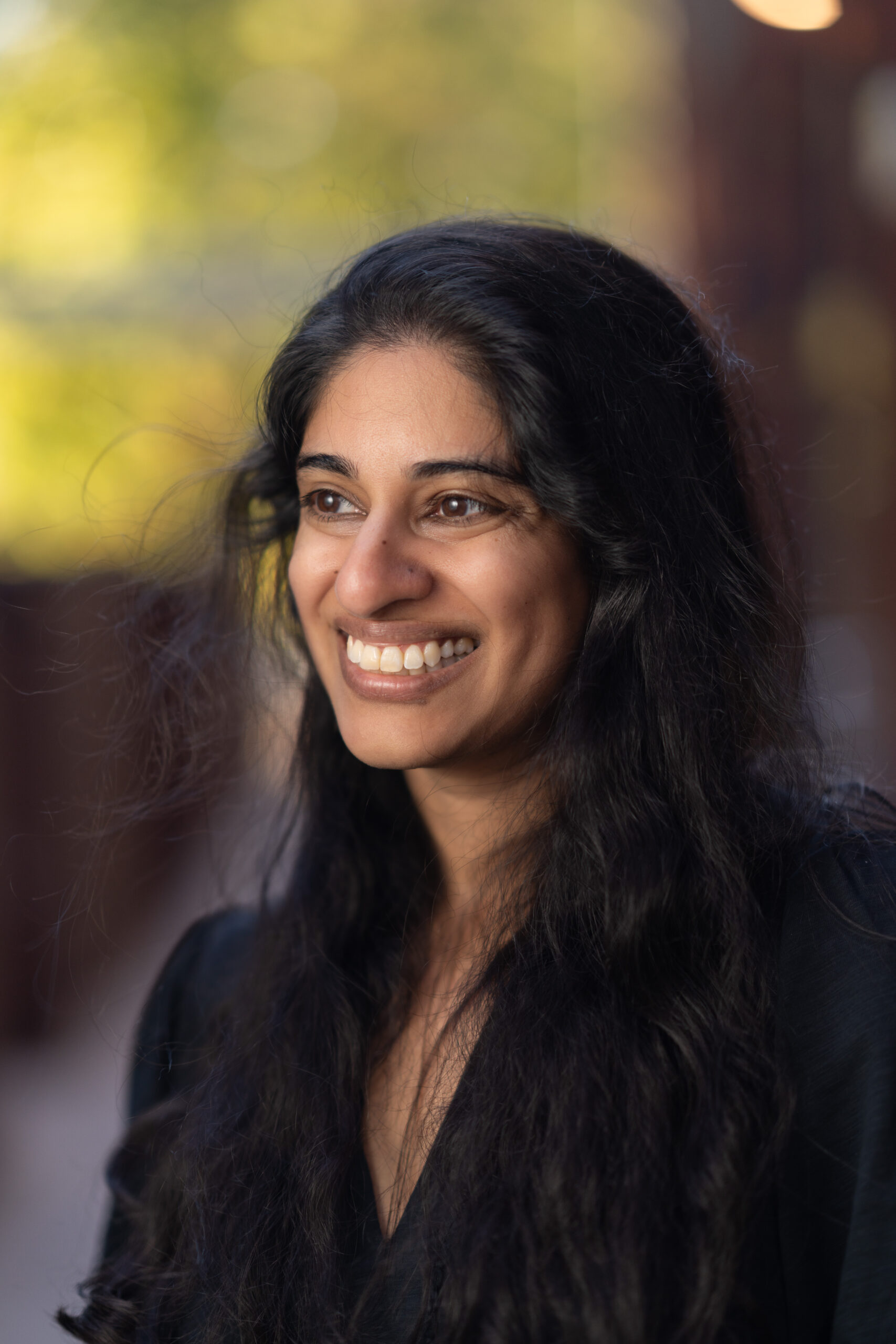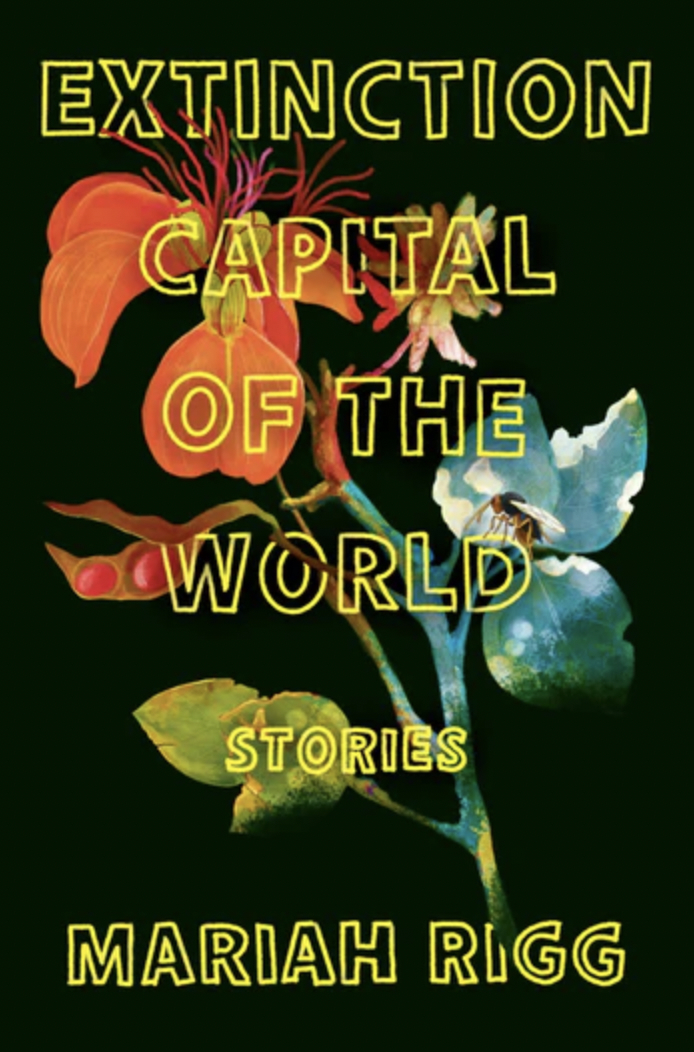By FAISAL ALHEBAINY
Translated from the Arabic by NASHWA NASRELDIN
The cold stings your skin as you walk out of the hotel. It’s your first visit to Europe. You’re with a cultured friend who knows these countries well and, most importantly, is an art enthusiast. He immediately suggests, with a friendly and zealous shake of the head: “How about a museum?” And you think it’s a great idea. Restaurants, cafés, streets, tourists, crowded squares… they’re the same everywhere. But if you go to a museum, you’ll be able to show off about it to your co-workers. And it’ll be a conversation starter with Sarah, the woman you can’t stop staring at, who has an odd-looking painting in her office and who once told you that it was by someone called Dalí, although you’ve already forgotten the rest of the name.
So, you go. You cross the large entrance and enter the dim lobby, your steps heavy and measured, as if it’s a place of worship. You wonder why everyone appears silent when there are no gods here to sanctify, and the paintings don’t make any sound that you’d have to listen to, like you would a movie on a cinema screen. You leave the umbrella, bag, and coat here, as if, in order to face the art inside, you must be naked, liberated. You buy two tickets from a blonde woman, with your friend who is an art enthusiast. Then you begin to explore the museum, that white space inviting you to enter and immerse yourself in everything there, everything on display. It forces you to summon up your intelligence, your senses, your knowledge of the world and of culture, in order to unravel the mysteries behind these paintings. In return, it rewards you with a deep sense of pride and the fleeting illusion that you have begun to comprehend the world. A series of never-ending halls. You can’t just stomp through them like you’re in some sort of race. Instead—as if time has slowed—you must walk through with an attentive mind and eyes open wide. You hear the way the shoe’s heel timidly presses down onto the wooden floor, slowly, trying to muffle the sound that betrays it, in a desire to disappear, as though the only thing that deserves to declare its existence is this abundant art hanging on the walls. Because this is an edifice that doesn’t allow for noise. And despite this, you are able to hear, if you listen carefully, a sound that is dense, dark, and similar to silence. But it’s not silence. It’s a heavy sound that resembles the state of deep slumber. If death were a man, he would have proudly declared: This is my voice! And yet a number of sounds seem incapable of restraining themselves. Their presence is necessary and interferes with this scene, ruining the semblance of peace: the cough of an old man in a straw fedora; a young girl nagging the mother standing perfectly still in front of a blank canvas, the girl worried that her mother has lost her mind; the ringing of a cell phone; an awestruck visitor making some remark, or another one grumbling because he only just realized how snobbish the place is.
You stand in front of an unfathomable painting. You listen to your friend—who is an art enthusiast—cooing: “Wow!” and “Incredible!” and “Amazing!” You notice how intensely he is gazing, and so you copy his expression. He crosses his arms, so you cross yours. You listen to him as he explains the reason why the reds and the yellows are blended in such a way, but all you see is orange. He tells you that the painting represents the “despair of the twentieth century,” but all you recognize is your own despair at seeing it. He says that it signifies the people of his generation, but it only shows an obese man. You feel his arrogance and vanity as he expounds and articulates about what he calls the “infrastructure of the painting,” the barely checked enthusiasm evident in his voice. As he takes on a more solemn tone, appropriate to imparting wisdom and truth, you think that this vanity must have led your friend to believe that he occupies an exalted position, a mere two meters beneath the Lord’s throne. You keep nodding, like someone who has given up listening to a man who is clearly insane and has nothing useful to offer. But maybe it was you who was mad all along. You finally settle on the fact that both options are possible.
“Look! Look! Look!” your friend cries out, as if he’s the only one around here with eyes. He describes, defines, and clarifies, while you—instead of studying the painting—gaze at the walls. The walls are an architectural protest at the vastness of the space, a goalpost where thoughts end. You free your arms, which have been crossed, and press your sweaty palms into your pockets. You think about how some walls are luckier than others, and begin to realize that the surfaces of the walls feel jealous, since they lack a form of expression that can define them. These surfaces envy the accessorized paintings that are bathed in bright white lights and which pretend to have some depth, mimicking reality in a wise malformation that perfectly conforms with the mainstream aesthetic criteria. Or maybe the wall where an impenetrable postmodernist painting hangs envies the wall that boasts a painting by Mondrian, even if the latter is just as opaque, but famous at least. You pay closer attention to the stone barriers and realize that some of the walls are introverted—they hate the flash of the cameras on the tourists’ phones—while others are pretentious, flaunting a famous painting hanging on them, like a woman coquettishly toying with a rare jewel around her neck. Suddenly, you’re snatched from your reverie and you’re back with your friend, who is an art enthusiast, as he moans “Ohhh!” like he’s poring over a Victoria’s Secret ad. And so, you decide to leave him and move on, since you suspect the fuss he’s making may be at the root of your annoyance.
You walk off by yourself through the works of art, dutifully stopping at each painting as if it’s a holy presence, as a mark of respect, even though you don’t know why you should respect it. The overriding calm and the way each one is centered within the great void of the wall grants it this authority. This silent dread. You stare, trying to belong to the place, to inject some meaning into the painting, to understand. Furrowed eyebrows and a self-conscious gaze that pretends to appreciate art and interpret it. With two arms crossed once again and a sudden onset of arrogance and superiority, you shift your weight from the right foot to the left. You feel a pain in your left heel and wish you could sit down or continue walking, but it would be embarrassing to walk away so quickly from the painting. You have to wait, since this is what someone who appreciates and understands art would do.
As you continue to stare, that same gaze soon turns inward. You think about other things. Hot chicken broth. A cold can of cola. The fingers of the woman who handed you the tickets. And you ask yourself why you are most excited about women’s fingers. You suddenly recall your mother, and the shape of the headscarf she used to wear, then wonder what everything here would mean when placed alongside the headscarf. And if you hung it up taut, its matte black fabric against the white wall, and entitled it Sky, would the museum visitors applaud you? And perhaps if you hung her black burqa so that the two eye openings revealed the white wall behind them, and you called the work The Eyes of God That Watch Over You, might they give you a page on Wikipedia? Suddenly your mind is beset by recollections—a host of regrets, intentions, and random memories. A painting is a good opportunity for someone to stop and reflect on their life. You just need to make sure you think about anything but the painting in front of you, because it has become a nuisance, an explicit embodiment of your failure, your ignorance and lack of belonging. You quickly fill of this torment. Hell is being stuck walking through these kinds of halls with no end, since you keep passing more and more obscure and mysterious paintings. Like life itself, they constantly remind you of how clueless you are, that you are a loser and the stupidest person here, and that your life so far has been a complete waste of time.
Your heels feel swollen again, and you haven’t eaten in a long time. You turn to the benches set out for visitors in the middle of the room, but they’re all being used by tourists. There are voices babbling in the different languages of visitors from all over the world, words you don’t understand, and you try to capture the name of each language they’re using, so you can match it with a specific identity. You gaze at their appearance to see if you can pick up a clue, but they all look the same: middle-class, carrying backpacks, and dressed in jeans and sneakers. They apologize if they walk between you and a painting, just as someone might apologize in a mosque if they pass in front of someone praying. Their phones are aimed toward the painting; they want to take a photo of it, even though there’s a clearer image of the same painting on the internet, but they’re lured by the desire to have it all to themselves. The photo they take may be of poor quality, but at least it’s their own. Then they spend more time examining the photo they took than the painting itself. Have they managed to convey its exact sense? What should they write as a comment before posting? But how do they know its sense or write anything about it if they haven’t yet looked at the painting, since it’s the phone that views these images before we do? They soon realize the enormity of their actions and feel ashamed. Quickly stuffing the cell phones in their pockets as if they’ve committed a sin, they gaze at the painting with repentant eyes.
Feeling perturbed, you turn your attention to the people instead of the artworks. You know that art doesn’t end at the frame, but extends to the hearts and minds around it. It plants a seed stronger than a virus, than an idea, than a feeling. You study the submissive, attentive, disciplined faces. The flock of tourists, queues of students on school trips, and the elderly in their wheelchairs. People from distant lands have made a pilgrimage here and invoked the blessings of art that will esteem them and push them to face life with deeper certainty. Art is a new religion: subjective, regenerative, open to interpretation. It rescues rather than destroys. Its temples are white. It has messengers who do not make sinners of each other. Most importantly, it is global—it didn’t emerge from a specific geographic spot, but rather sprung up simultaneously throughout the world. And if anyone asks who inspired all these messengers? They will reply: “The human revealed unto himself.”
You seek forgiveness under your breath. On the spur of the moment, you decide to leave everyone and return to your friend, since he may have calmed down by now. You turn around and struggle to spot him, as he is three halls behind you. This is the extent of your ignorance then. If someone asks you later how ignorant you are, you can say: “Three halls’ worth.” You insist on trying again. You stand in front of a painting you have already stood at, in case it reveals itself to you now. But nothing. The pain in your left heel is back, and the daydreaming about chicken broth, women’s fingers, your mother’s abaya, the feeling of defeat, and then continuing to the next painting, the next hall, the next museum, like an eternal desire to belong.
Faisal Alhebainy is a Kuwaiti writer born in 1988. He earned a BA in petroleum engineering from Kuwait University in 2011. He was a film blogger for over three years before turning to literary writing. His collection of short stories Sons of the Last Eras won the State Incentive Award and was nominated for the Best Short Story Collection for the Arab Forum Award.
Nashwa Nasreldin is a writer, an editor, and a translator of Arabic literature. Her translations include the collaborative novel Shatila Stories and a co-translation of Samar Yazbek’s memoir, The Crossing: My Journey to the Shattered Heart of Syria. She is the managing editor of ArabLit.org, a website showcasing Arabic literary translation.




